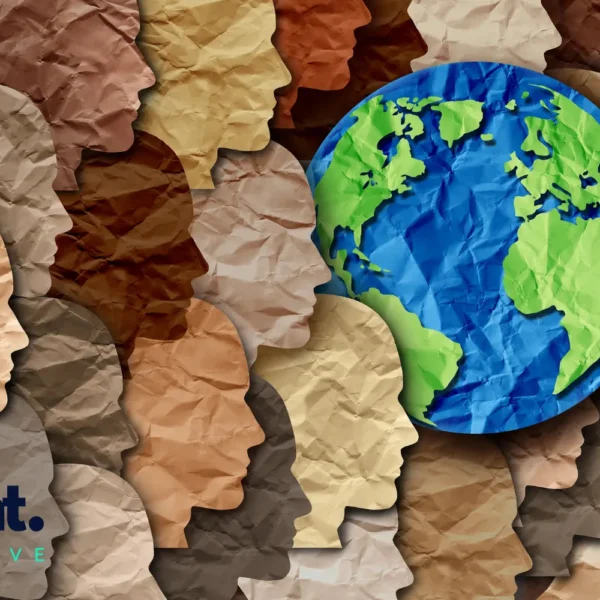Technology plays a vital part in today’s Procurement landscape. It has become a strategic driver of value, sustainability, and competitive advantage. As businesses face mounting pressures to streamline operations, reduce costs, and mitigate risks, technology has emerged as an essential enabler for procurement teams.
Enhanced Efficiency and Productivity
Traditional procurement processes originally involved manual, paper-based workflows that were often time-consuming and error-prone. Technology automates these tasks, freeing up procurement professionals to focus on strategic activities.
Data-Driven Decision Making
Procurement teams deal with vast amounts of data, from supplier performance metrics to market trends. Advanced analytics and artificial intelligence enable procurement professionals to gain actionable insights from this data. Predictive analytics can forecast demand, identify cost-saving opportunities, and optimize supplier relationships, ensuring that decisions are not just reactive but proactive.
Improved Supplier Management
Building and maintaining strong supplier relationships is crucial for procurement success. Technology platforms like supplier relationship management tools provide a centralised repository for supplier data, performance tracking, and collaboration.
Cost Optimisation
Procurement technology helps identify inefficiencies and cost-saving opportunities throughout the supply chain. From automated spend analysis to reverse auctions, these tools ensure that organizations get the best value for their money. Additionally, procurement platforms often include benchmarking features, enabling companies to compare costs and performance against industry standards.
Risk Mitigation
In a globalized economy, supply chain risks are more complex than ever. Technology provides real-time monitoring of potential risks, from geopolitical issues to supplier financial instability. Procurement teams can use risk management tools to identify vulnerabilities, evaluate scenarios, and implement contingency plans.
Sustainability and Compliance
Sustainability is no longer a “nice-to-have”; it’s a business imperative. Procurement technology enables organizations to track and measure the environmental and social impact of their supply chains. Compliance management tools ensure adherence to regulations and ethical sourcing practices, reducing the risk of reputational damage.
Scalability and Flexibility
As businesses grow and markets evolve, procurement functions must scale and adapt. Cloud-based procurement solutions offer flexibility, scalability, and seamless integration with other enterprise systems. These technologies ensure that procurement operations remain agile and responsive to change.
Technology is transforming procurement from a transactional role to a strategic powerhouse. By leveraging the right tools and platforms, businesses can achieve greater efficiency, make smarter decisions, and build resilient, sustainable supply chains. For procurement professionals, embracing technology isn’t just an option—it’s a necessity for driving success in today’s complex, competitive world.
Let’s take a look at the Procurement Technology timeline:
- Industrial Revolution – The Industrial Revolution marks the beginning of procurement as a trade in itself, with the creation of the rail network being a driving force. One of the earliest acknowledgements of procurement as a function comes in 1832.
- World wars produce defence procurement – Successive world wars witnessed the creation of a parallel procurement process: defence procurement. Countries all over the world rushed to source the raw materials, weapons, equipment, food and machinery necessary to fuel the war efforts of civilians and fighting forces.
- 1960s – today’s profession takes shape – Approaching the mid-1960s, the concept of ‘materials management’ took hold on a wider scale. The practice of competitive bidding became embedded, and this gave rise to trained procurement professionals who began to establish the function’s status within businesses.
- 1980s – rise of supplier management – By the 1980s, procurement experienced an increase in supplier competition, allowing organisations to focus on supplier quality and dependability. Procurement as we know it today took shape, as supplier management and strategic sourcing became important factors.
- Pandemic and digitalisation – Following the pandemic, procurement is now no longer seen as a cost-control centre, but a means for businesses to seek competitive advantage to defy supply disruption and keep products available. Modern-day procurement is driven by Industry 4.0 tech that offers end-to-end supply chain visibility.


